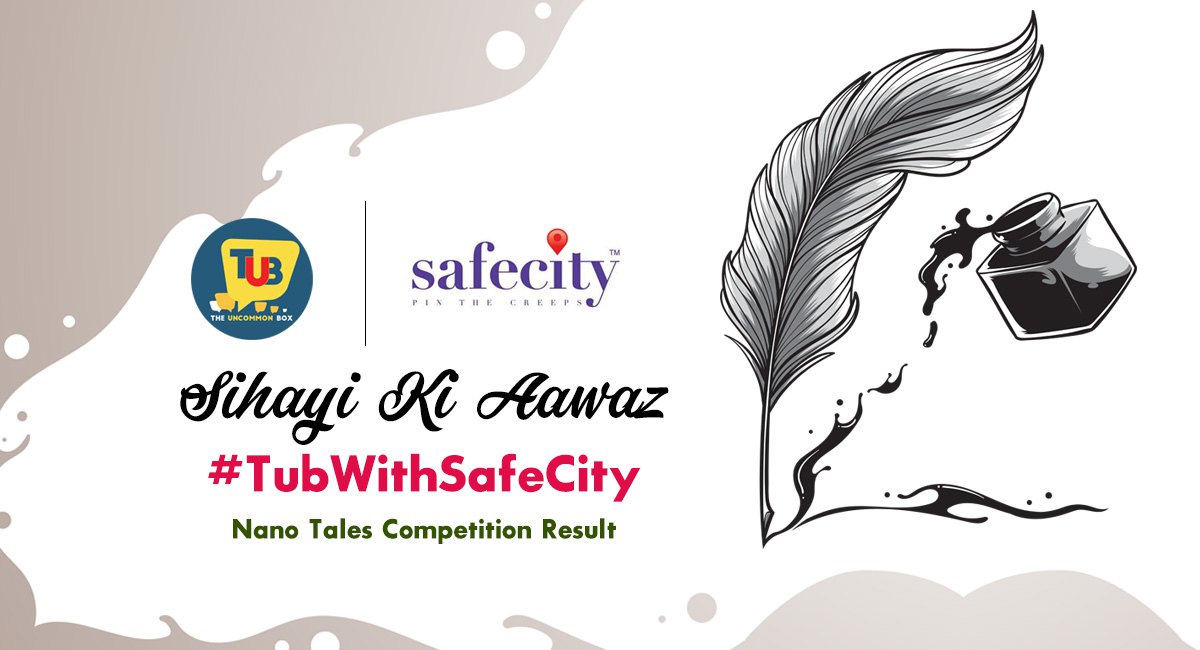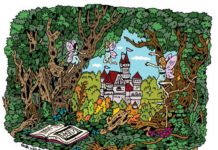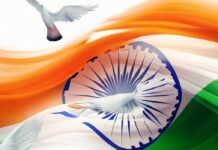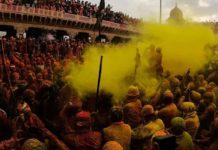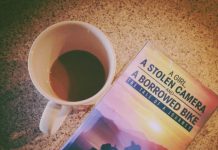Travelling to Kashmir has eternally been one of the spots in the to-do bucket list. And I am proud to say that I have finally made it. I have always heard about the land of valleys, its magic and majesty, its serenity in different seasons and was always full of awe. Having witnessed its beauty in photographs, movies and stories, I decided to head to the place during winters, the season of snowflakes, and white mountains, cold winds and multilayered clothes.
Picturesque scenes of women with traditional Kangri hidden under Pheran (a local knee-length cloak), blush skin, apple gardens and children walking through the lanes and oh how can I forget kahwa. With an itinerary of 5 days, I was all set to explore this tiny slice of heaven – a place where peace meant war and war meant peace.
On the first day in Kashmir.
The first flavour of Kashmir I took in was with the sip of Kahwa, a traditional Kashmiri green tea in my hotel, Blooming Dale which is located in an alley close to Dal Lake. I have since childhood heard about Dal being the epitome of nature’s beauty and what better than to begin my first day sailing around the lake. Dal is an emotion, a place which cannot be bound by words of elegance and charm. And to capture this beauty in a frame is beyond the possibilities. Unlike other seasons Dal Lake during winter is not colourful but draped in shades of blue and white, mesmerising yet equally absorbing. The lake is covered with a blanket of mist and from this blanket emerge the colourful Shikaras captained by Kashmiri people, whose lives are very much dependent on this beautiful lake.
My suggestion for you while at Dal would be just plain and simple: layer yourself up with warm clothes and light up a Kangri while sailing around the Mystic Lake. Moving through Dal Lake in winter is like slowly removing layers of fog and unveiling the refreshing beauty of its floating vegetable market and wood crafted houseboats. You wouldn’t know how your day would pass in this part of the world.
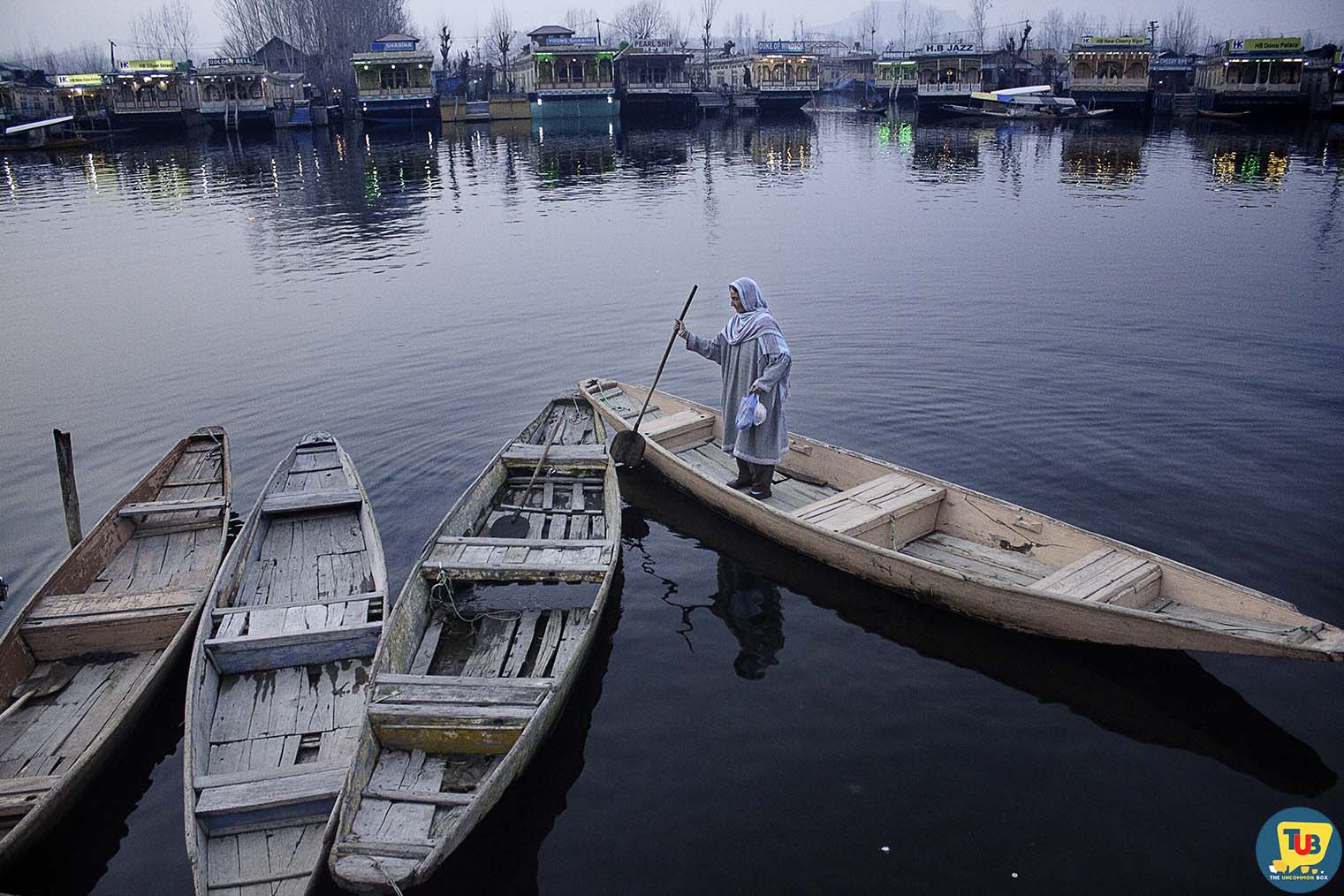
2nd day of my stay in Kashmir was spent exploring the old Srinagar known as downtown followed by the new one, the uptown through a ‘Heritage Walk’ with Mr. Firdaus Ahmed.
We started our walk from Zein Kadal, a bridge built during the 1950s on Jhelum River.
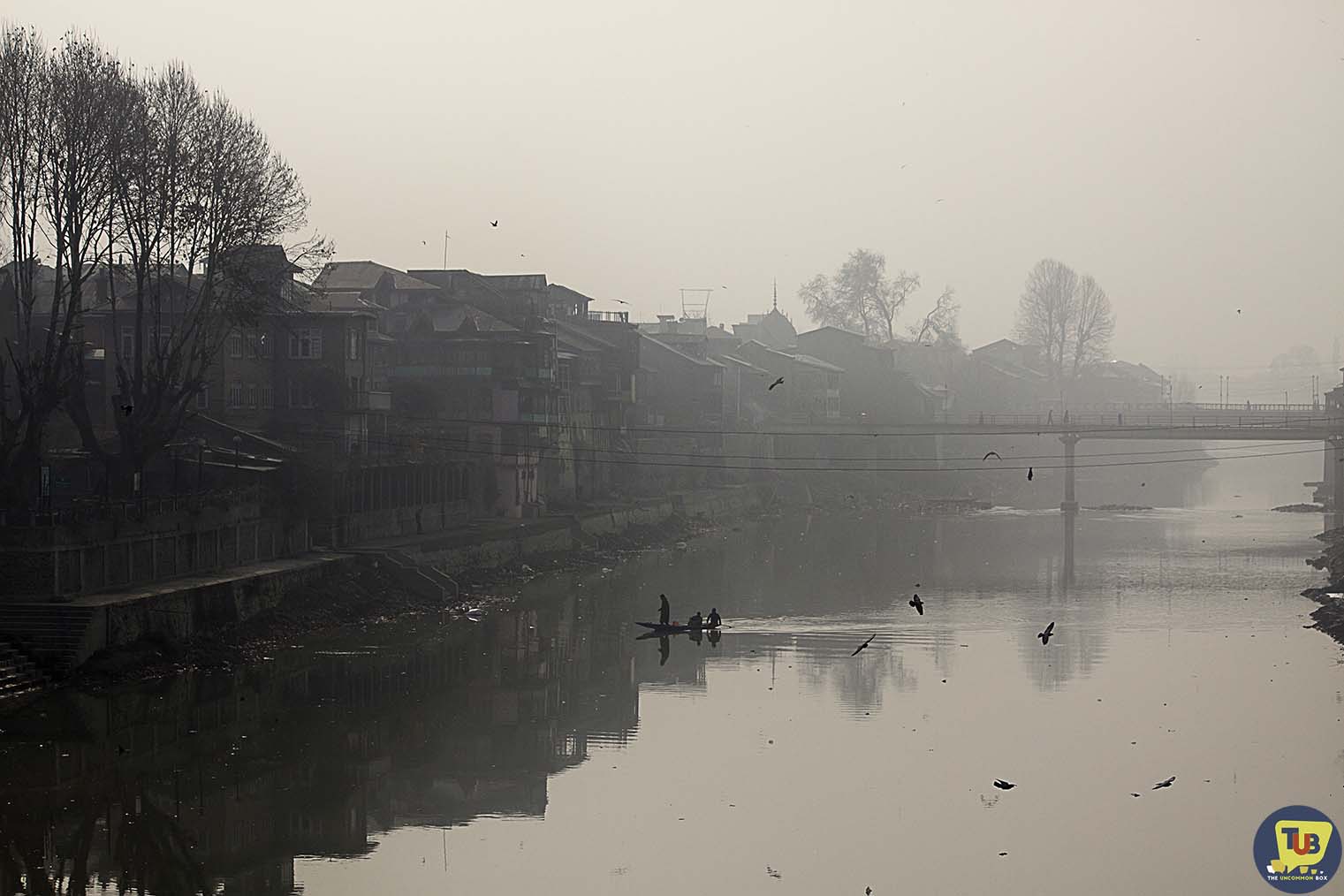
Its bank is lined with traditional wooden Kashmiri architecture on either side. These houses were once owned by the affluent local people and Kashmiri Pandits but today most of them stand abandoned and crumbling, speaking of a rich, cultural past.
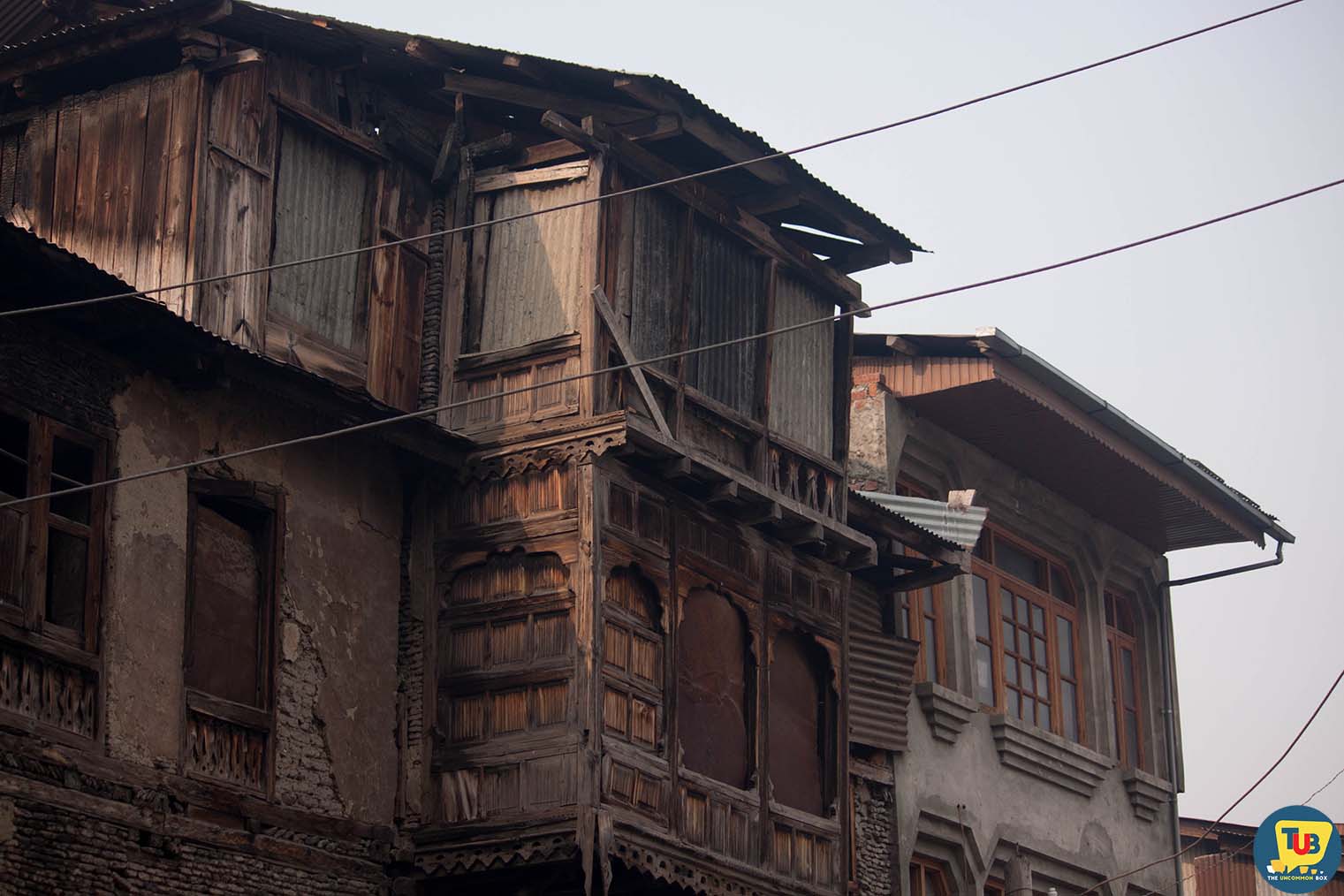
Walking down the bridge we entered the alleys of old Srinagar localities. As you enter the maze of alleys and streets, history begins to unfold automatically in front of your eyes and you are taken into the old world of this place. The history of its richness, its tragic story and even the earlier communal harmony, political protests will reflect on every single architectural piece of this place. This is where you would also find local spice shops, artisans busy constructing samovars and Kangri and baking delicious local bread.

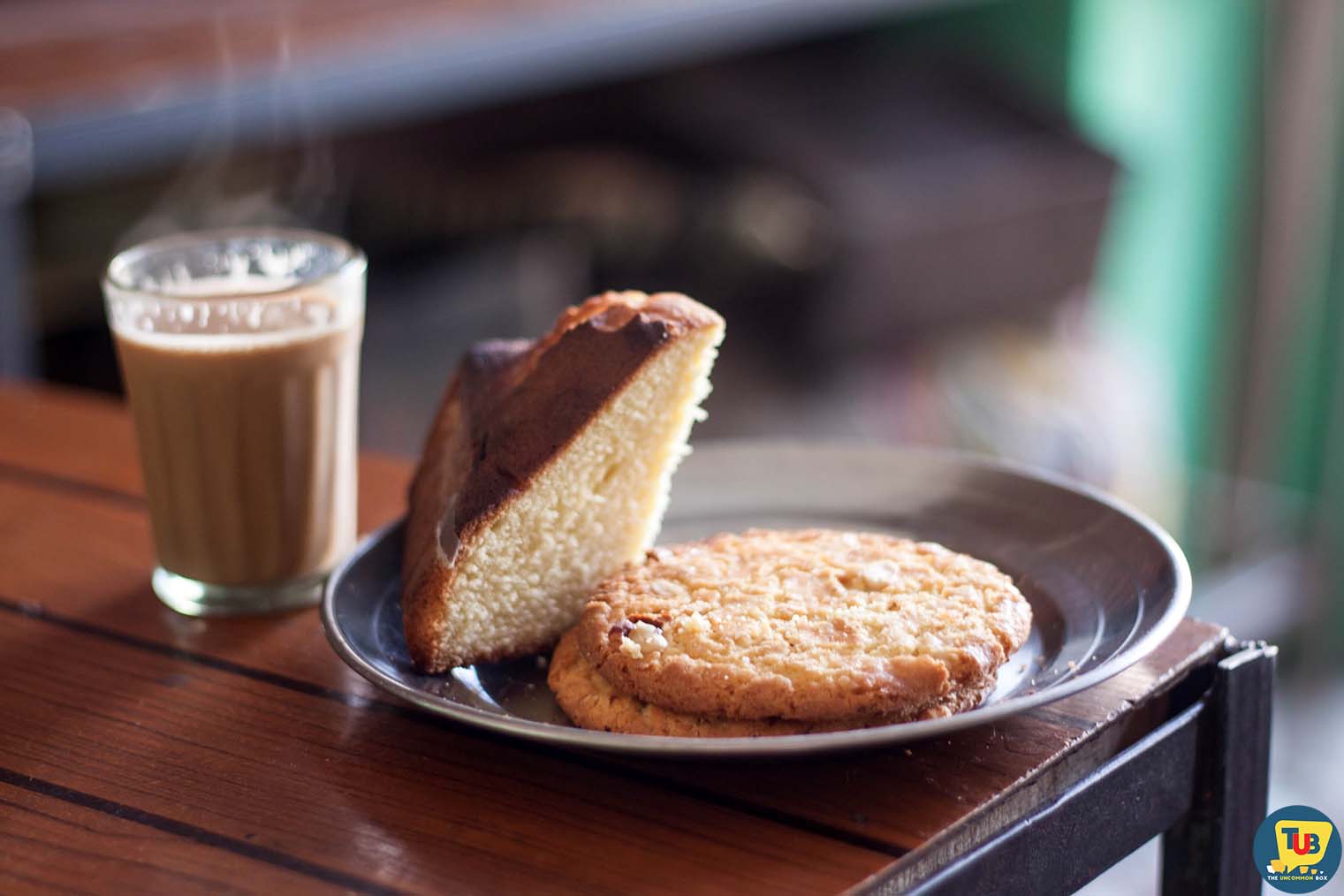
As we passed through the old Kashmiri Pandit neighbourhood and it’s once glorious wooden houses we arrived at Jama Masjid in Nowhatta, a sacred shrine of Islam followers. Its’ beautiful Indo-Saracenic architecture, finest wood-work, magnificent courtyard and 370 wooden pillars make it a best architectural specimen which survived the ravages of time ever since it was constructed in the valley. The mind calms down consequently as you step into the peaceful courtyard, unlike the hustle of the old bazaars around it. Thousands of Muslims assemble at the mosque every Friday to offer their prayers, a sight to witness.
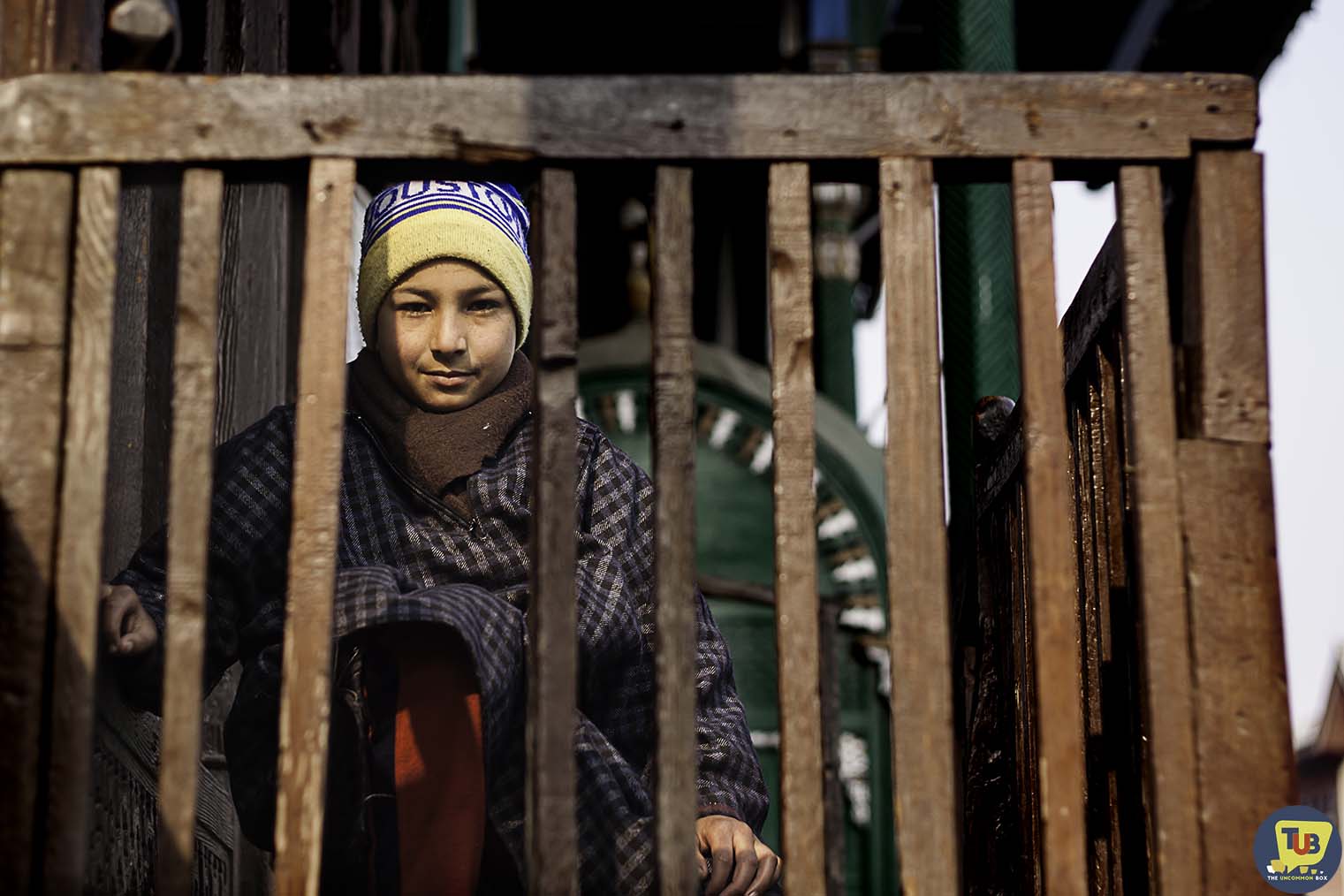
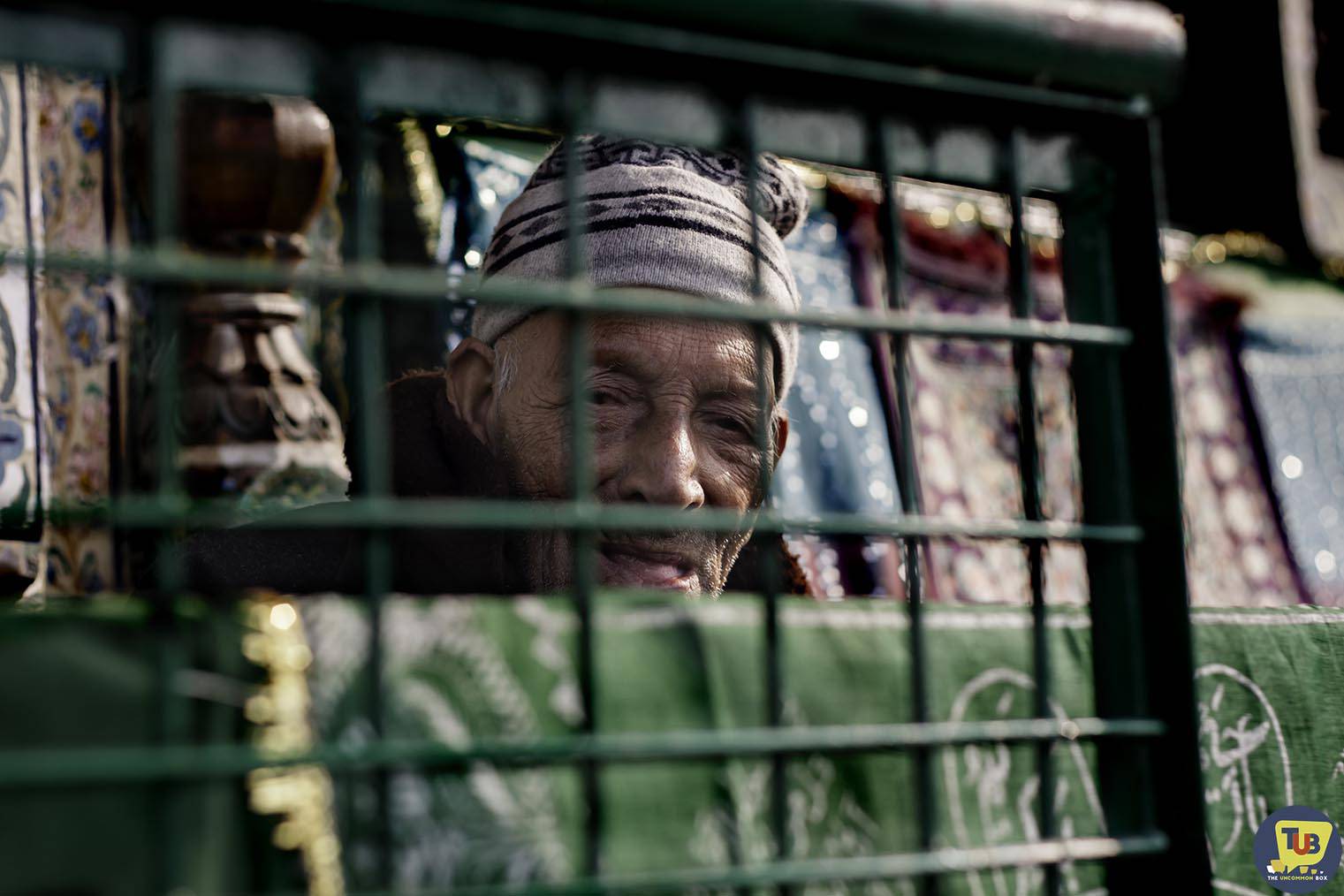
On leaving the Jama Masjid, we walked our way to Shah Hamdan Mosque, the first ever mosque built in the valley of Srinagar on the banks of Jhelum which once co-existed with Kali Shri temple. This combination was a beautiful example of the cultural amalgamation of Hindus and Muslims in Kashmir.
While you wander around the city in winters, you will witness massive Chinar trees, said to be as old as the existence of the valley. These gigantic trees stand tall throughout the valley and the landscape of Kashmir mutely witnessing the romance, its religious reverence, political and armed struggles for ages now. The beauty of these trees captivates your soul beyond imagination.
Two of my favourite places to not miss is the Zero Bridge, a wooden arch bridge crossing the Jhelum River and the Ghanta Ghar in Lal Chowk located in the heart of Srinagar. This Clock Tower or Ghanta Ghar is a testimony to various political agitations, bloodshed and violence for the past so many years, witnessing the valley struggle its way through time.
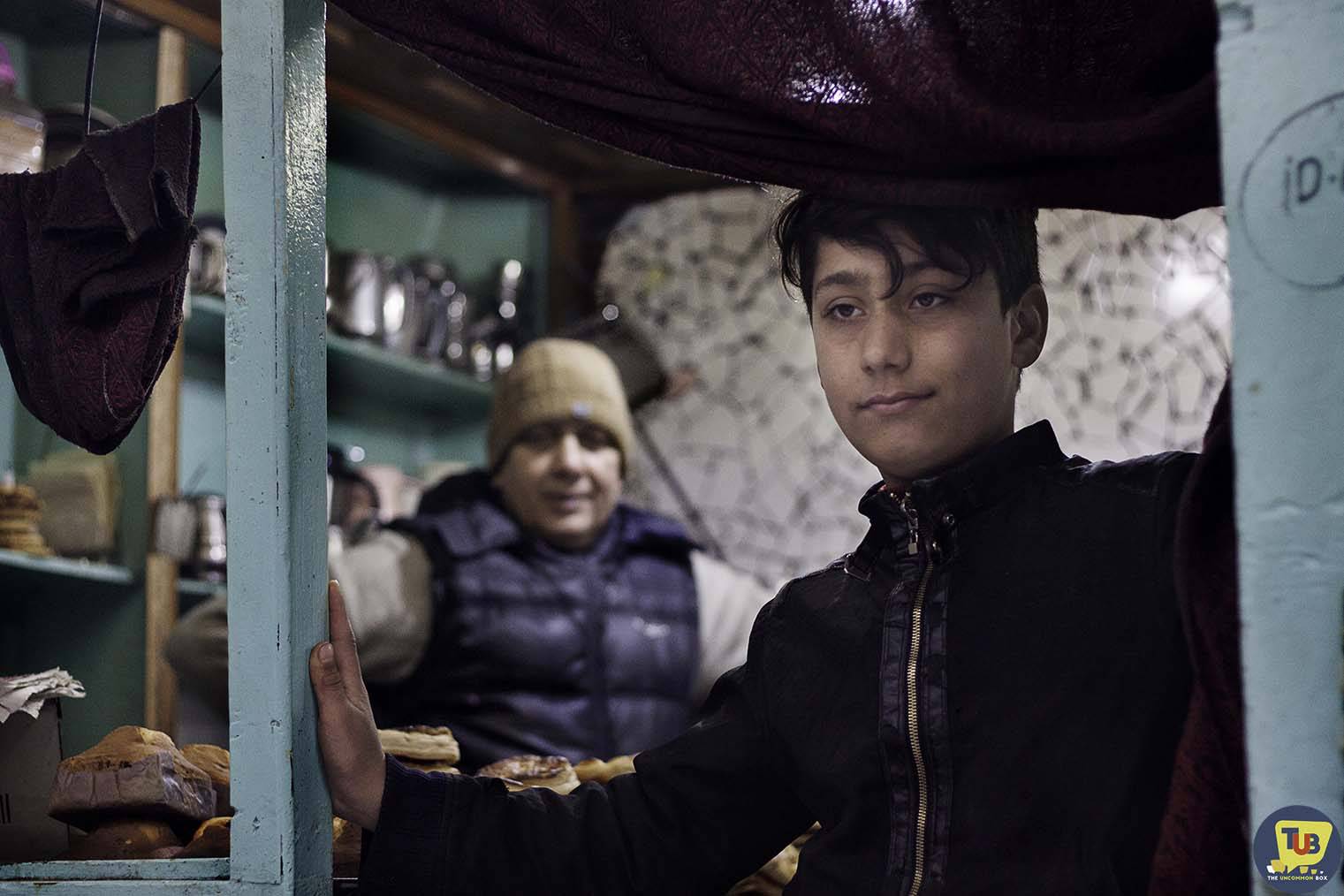
Gulmarg was the plan on our 3rd day here.
The place also called as a pilgrimage for world skiers, is a haven for skiing in its powder laden snow.
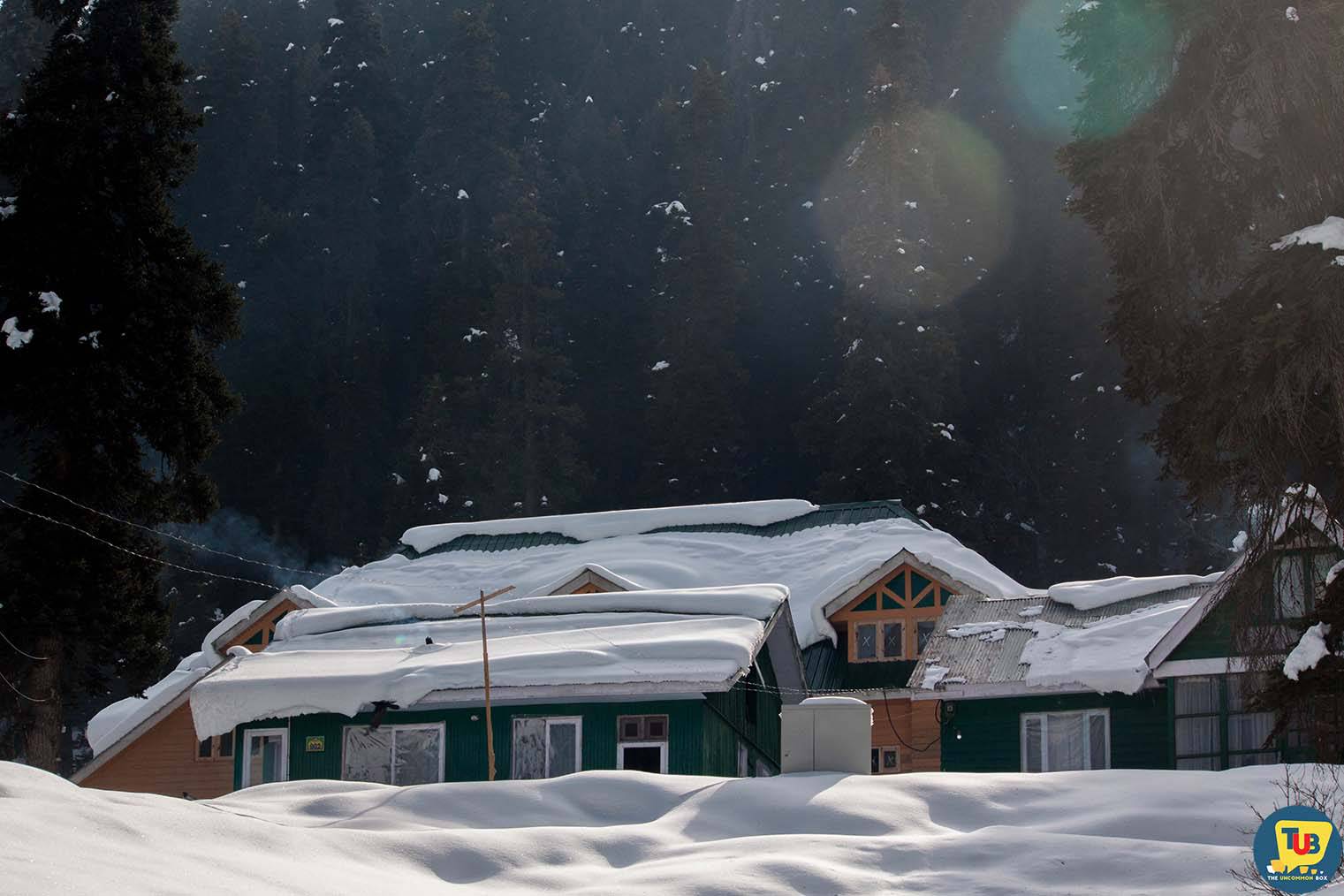
Once in Gulmarg, do not forget to enjoy the Gondola cable car ride divided in a two-stage ropeway. From the base camp at nearly 9000ft, the first stop is at the Kongdori meadow at a height of nearly 11000ft. From Kongdori, the second phase of the cable car takes you to the Apharwat peak at a height of nearly 13000ft. Local people believe that reaching the second phase is like almost touching the Everest. The cable car ride offers breath-taking views of the majestic mountains, the snow-laden Gulmarg meadows, shepherd’s huts and the valleys beyond. The colours, shades and the hide and seek of light that you witness on nature’s canvas is simply mesmerizing. As you reach the top there’s peace and calm amidst the chilling wind, an ocean of snow and the virgin blue sky. Nothing can match the serenity and bliss of the place right from atop, imprinting a mark on your heart for a lifetime.
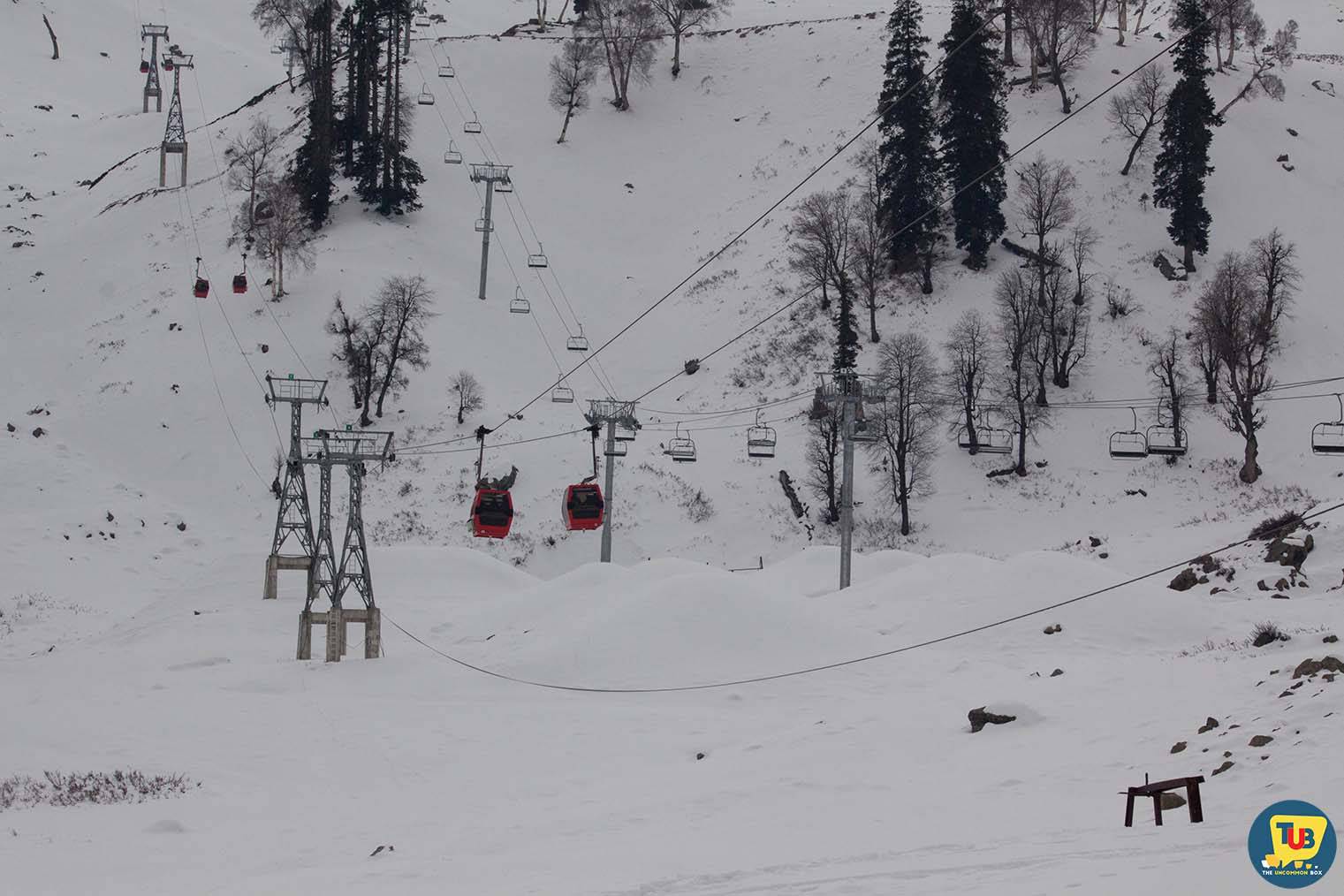
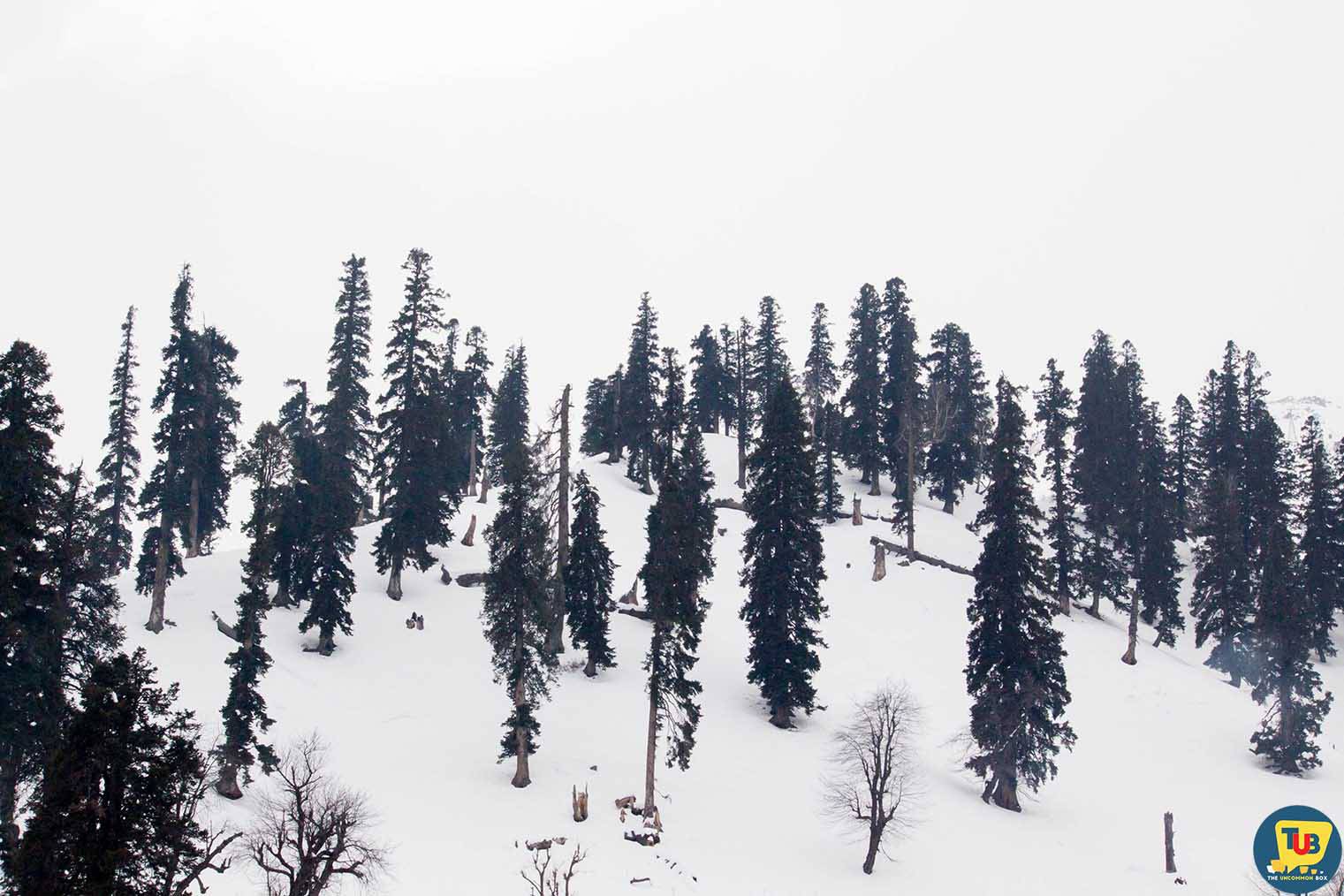
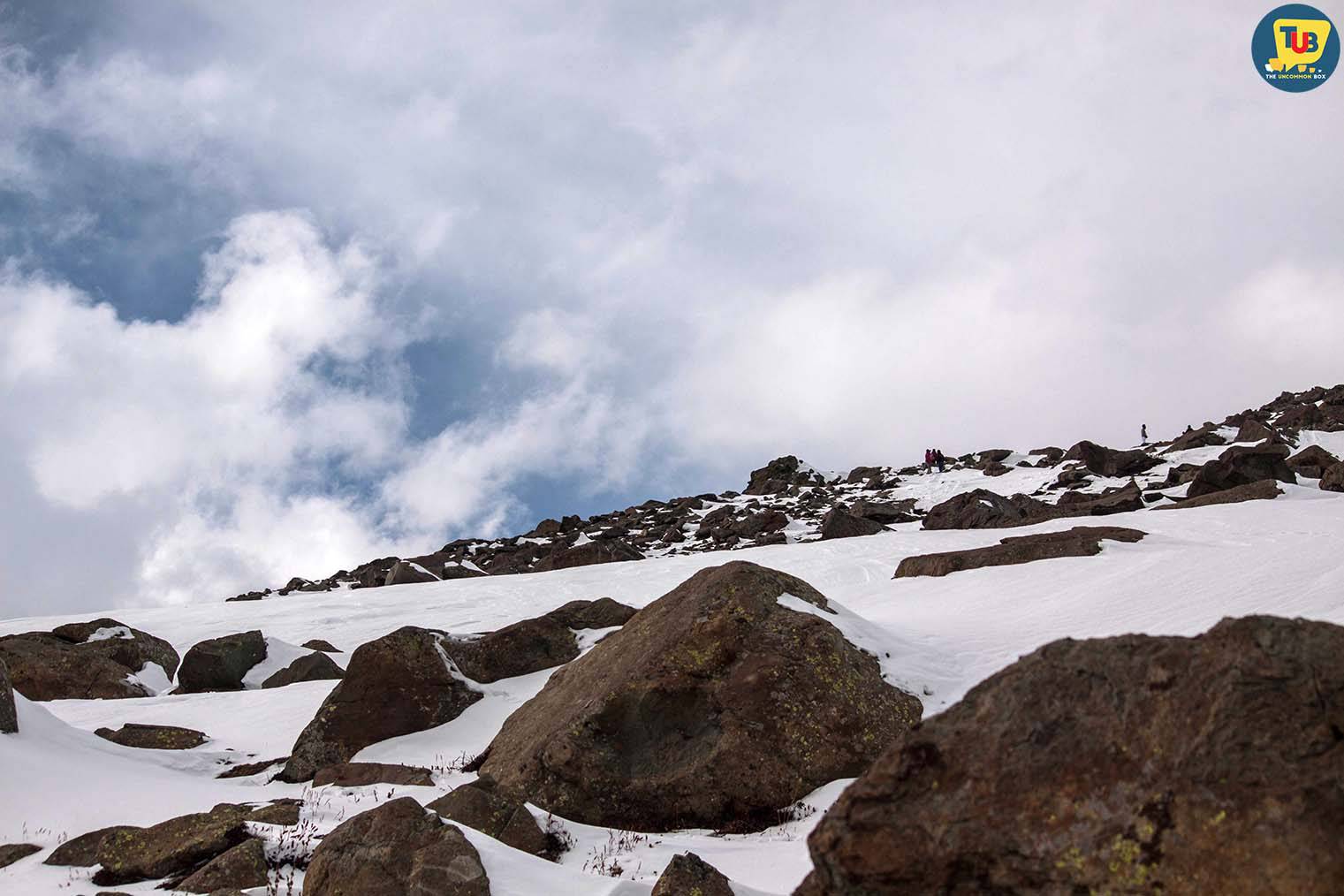
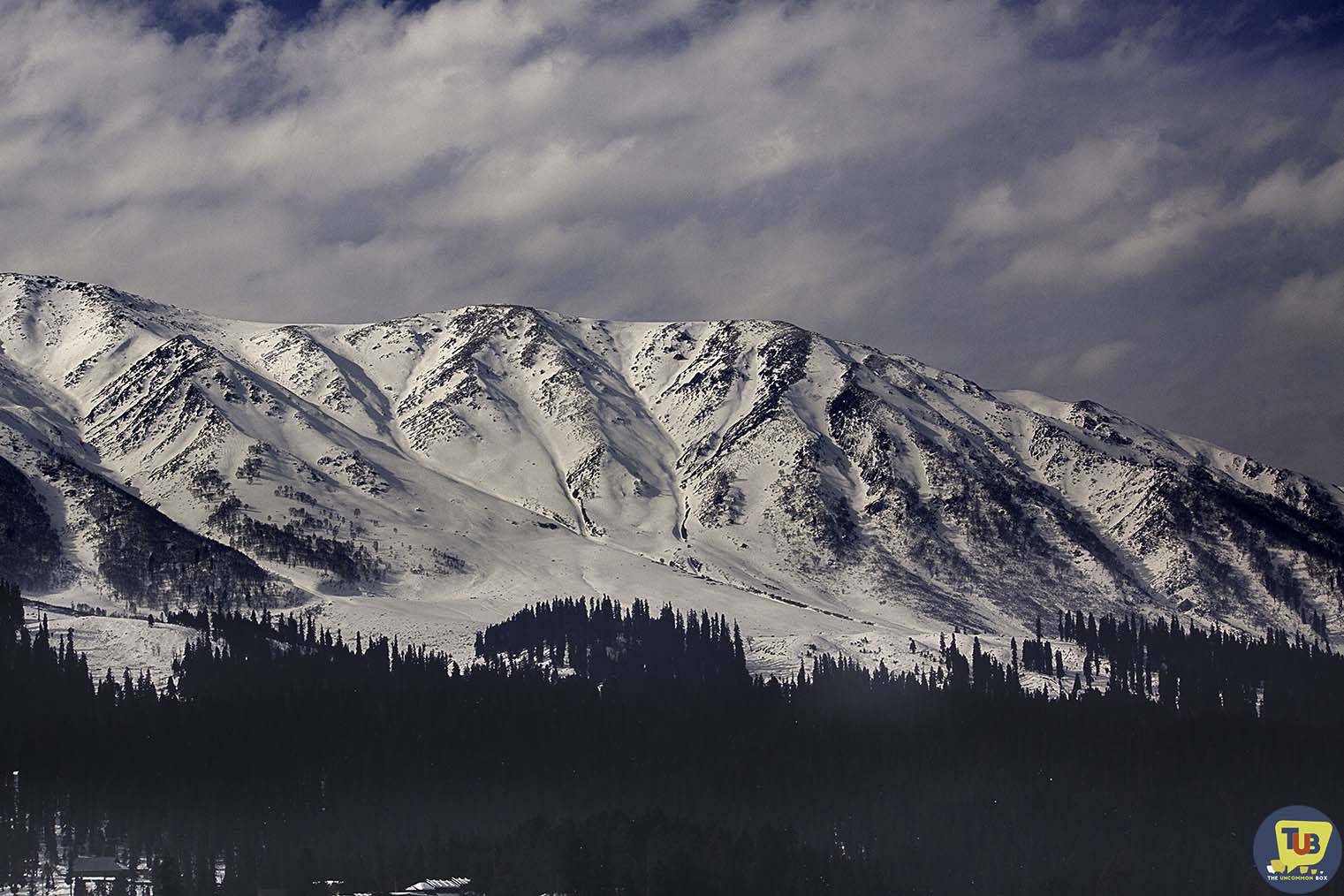
On the 4th day we travelled to Pahalgam,a place surrounded by Lidder and Seshnag River and conifer trees.
Pahalgam, a gateway to pilgrimage tour to Amar Nath offers you a wide range of scenic views.
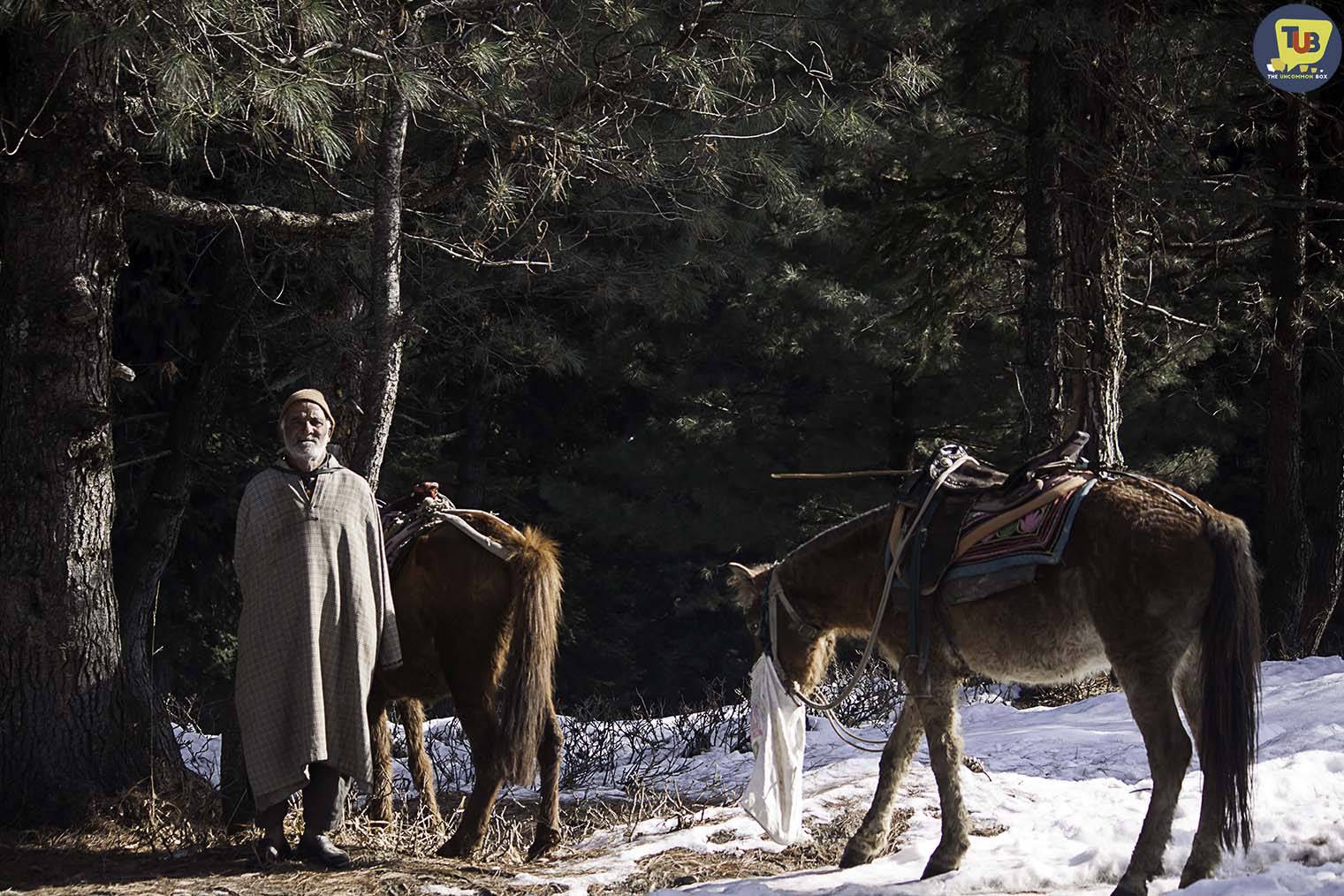
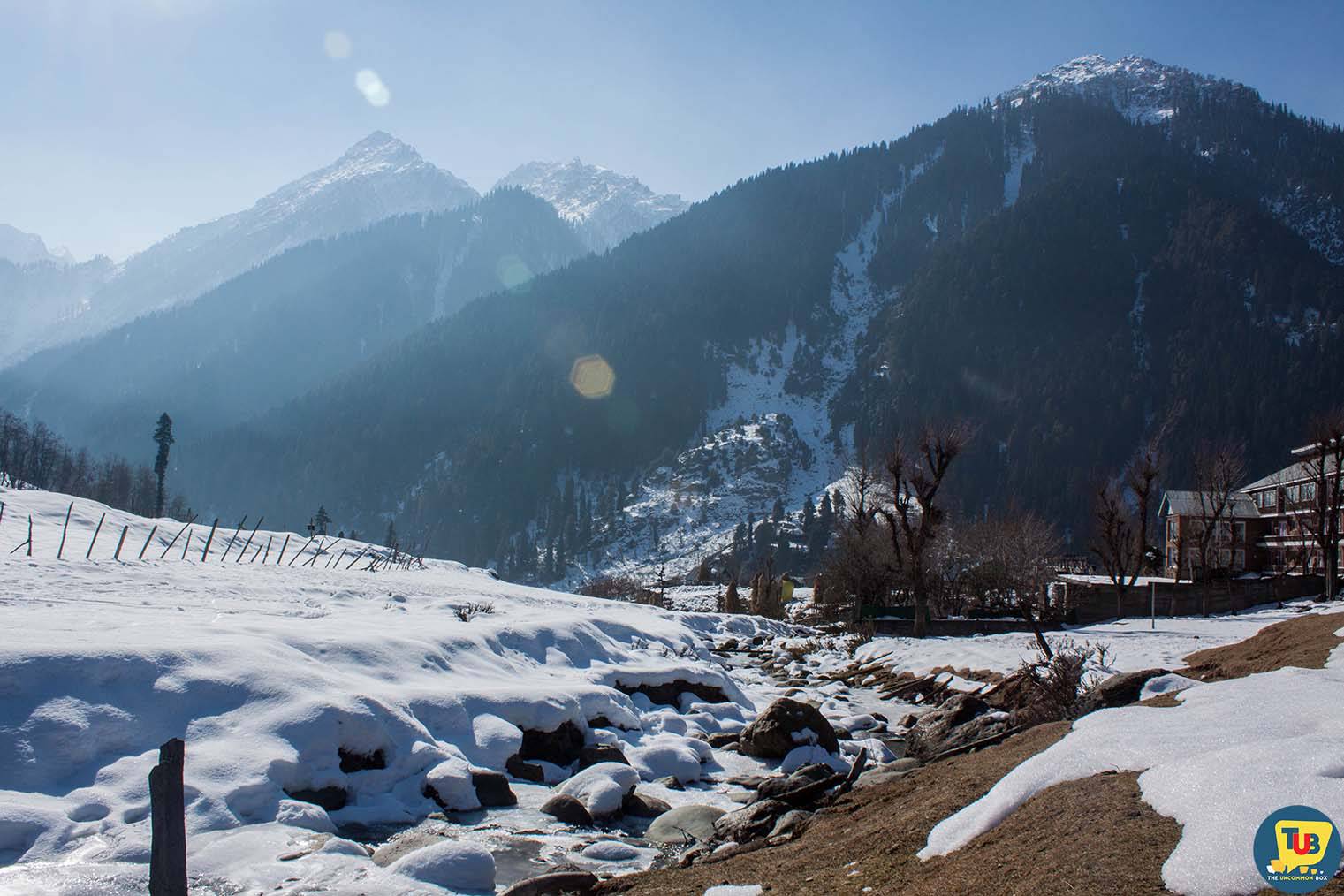
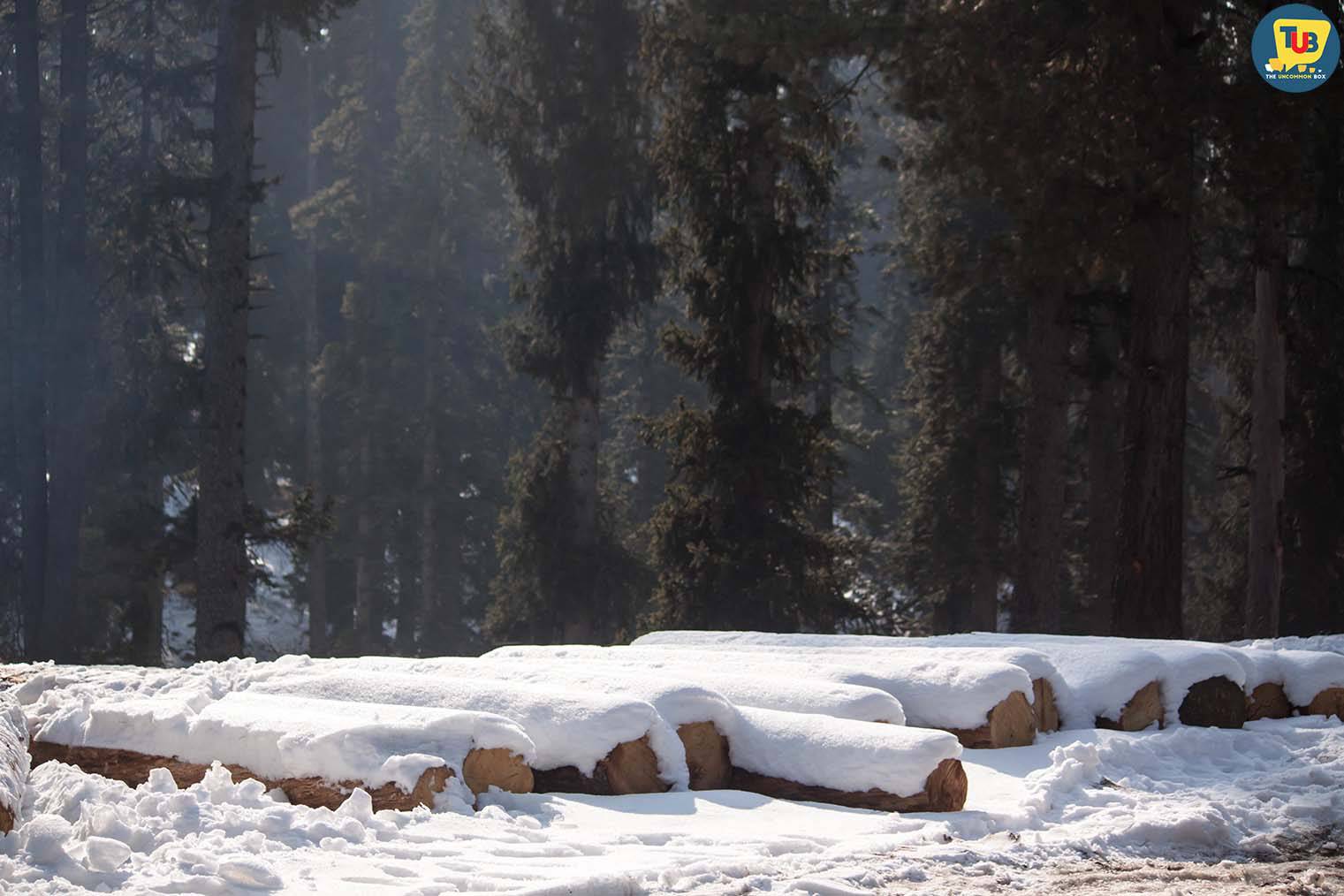
On the way to Pahalgam, you cross multiple Saffron fields, Willow trees, apple trees, walnut and almond trees all standing bare with fresh clots of snows resting on them. The marvellous shepherd village is surrounded by beautiful valleys such as Aru and Betab.
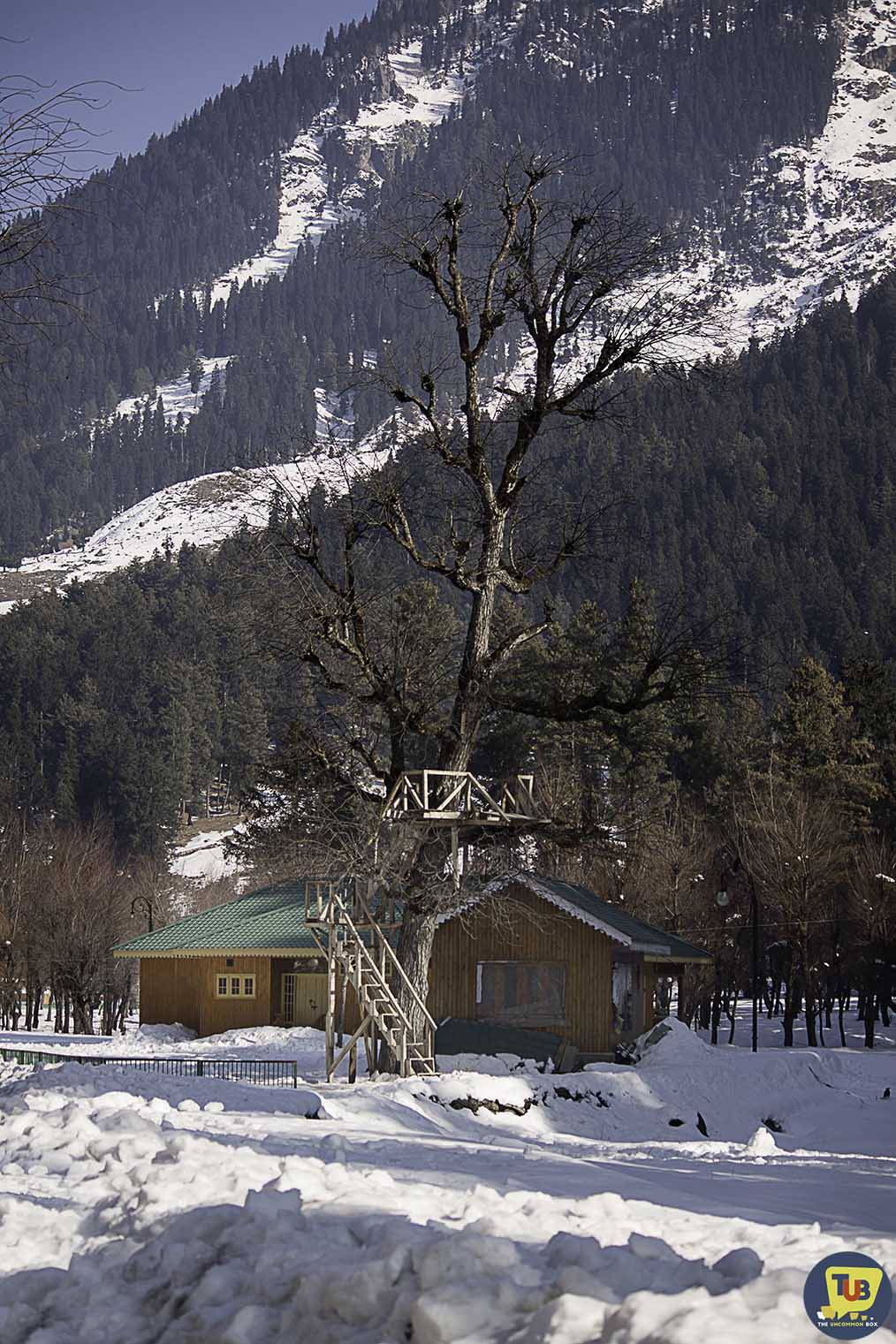
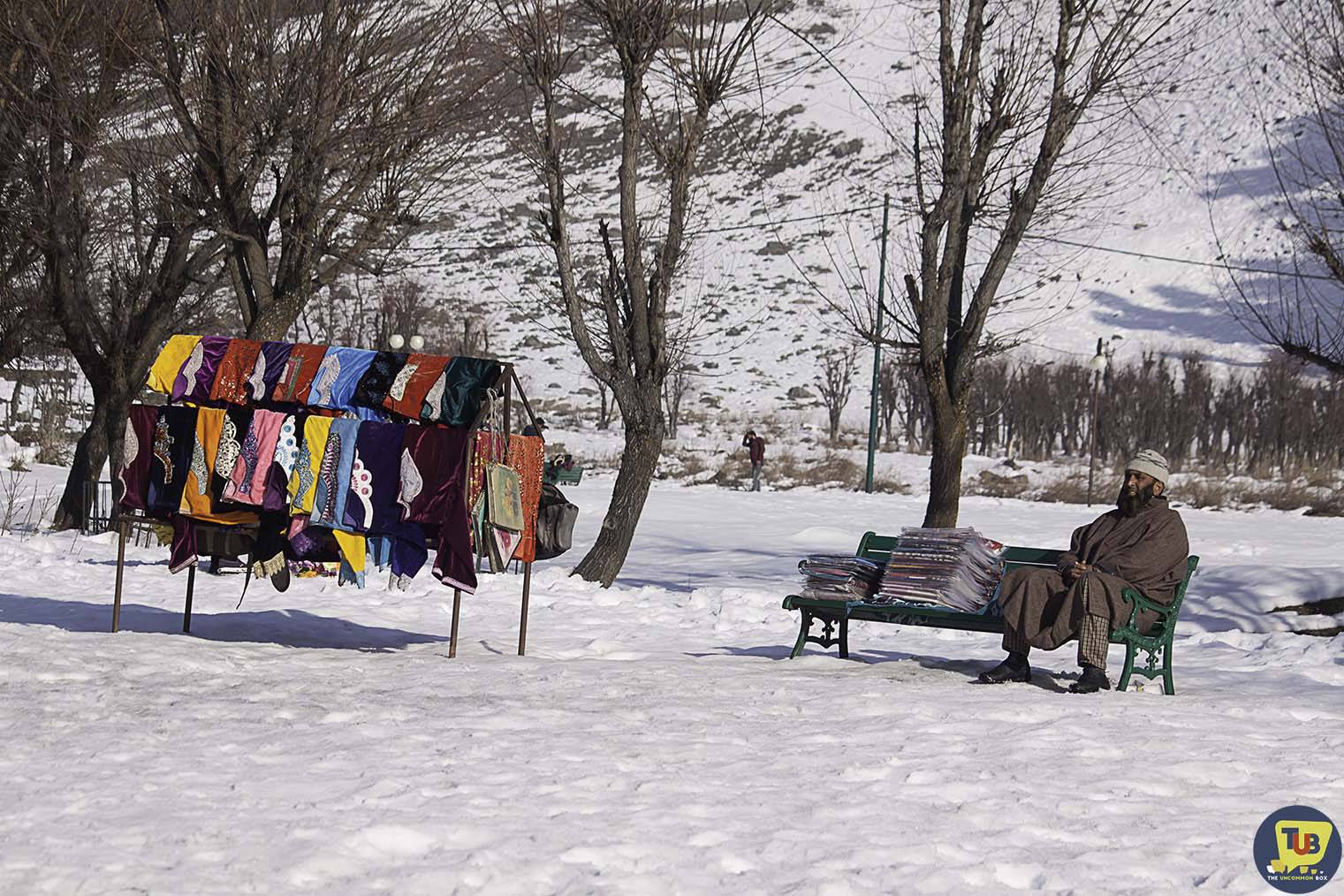
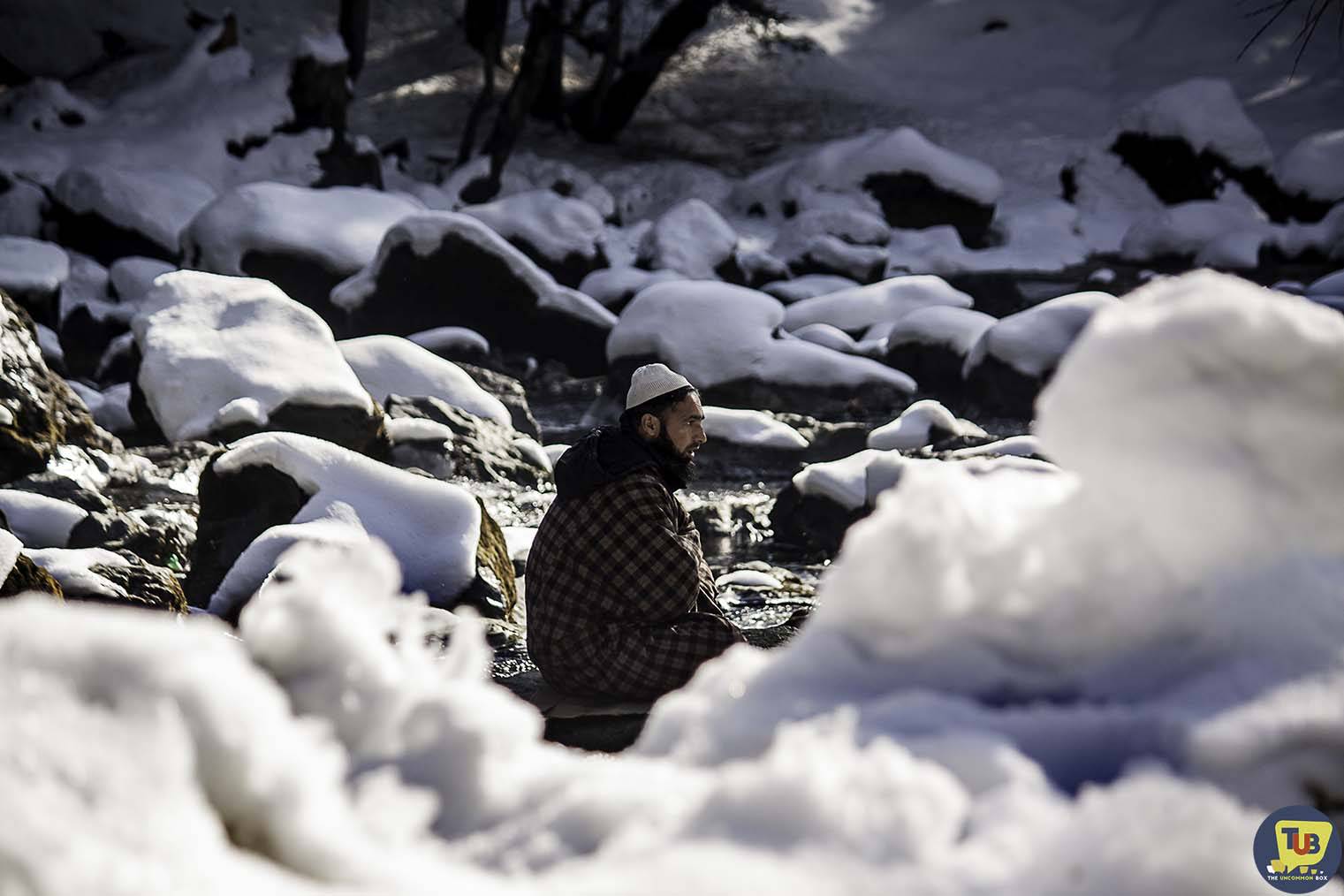
Bollywood has already shown us the beauty of these valleys but it’s totally euphoric and an absorbing experience when you see this mini Switzerland all by yourself. And if you want to engulf yourself in the romantic environment, take a horse ride and wander through the slope and get smitten by the valley’s pure gorgeousness.
A Trip to Kashmir is incomplete if its cuisine is not savoured. During harsh winters, Kashmir is well-known for the scarcity of food; hence through September and October, women of the family get busy in drying vegetables and preserving fruits for the colder season. Much like Kashmiri people and its narrative traditions, Kashmiri cuisine too is an amalgamation of influence from Persia, China, and the Indian subcontinent.
Roganjosh, Yakhni, Macch, Dum Aaloo and Wazwan (meat based multi-cuisine) authentic Kashmiri gastro attack is a must when in Kashmir. Don’t forget to taste some street food (Tobruk Halwa Poratha, Masala Tcotte) and traditional loaves of bread baked fresh from bakeries in old-style technique. Celebrate the beauty of chilling Kashmir with sizzling hot traditional recipes along with Nun Chai or Kahwa.
Day 5 was time to fly back to Gurgaon.
Staying in Kashmir had a sense of belonging because of the warm hospitality of the hotel owner and the staff. If you are travelling to Kashmir, I’d suggest you stay at Blooming-dale all thanks to the people who make you feel at home there.
Saying adios to Kashmir was the toughest part but it gives me a reason to come visit Kashmir again, in another season to experience its grandeur and beauty.
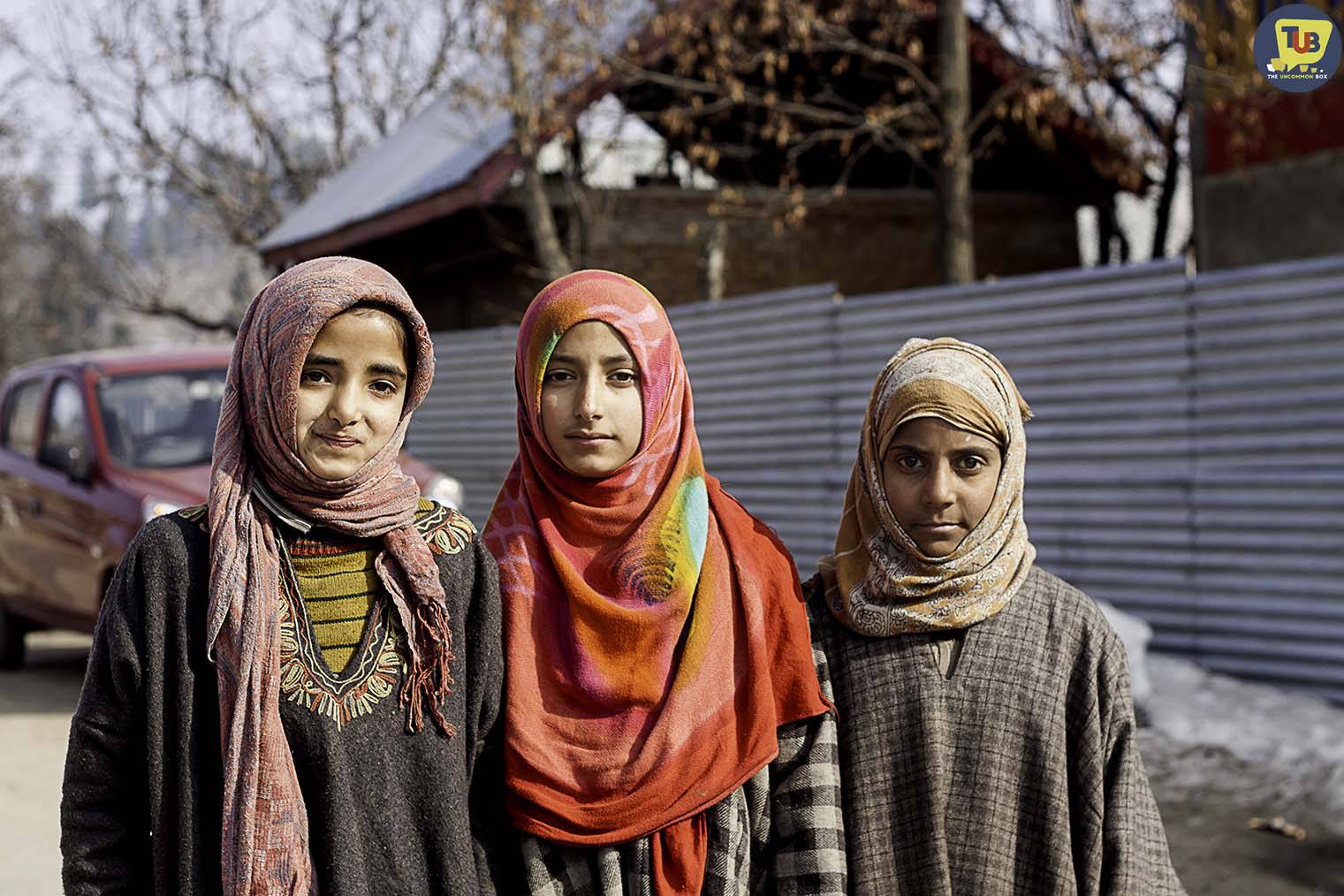
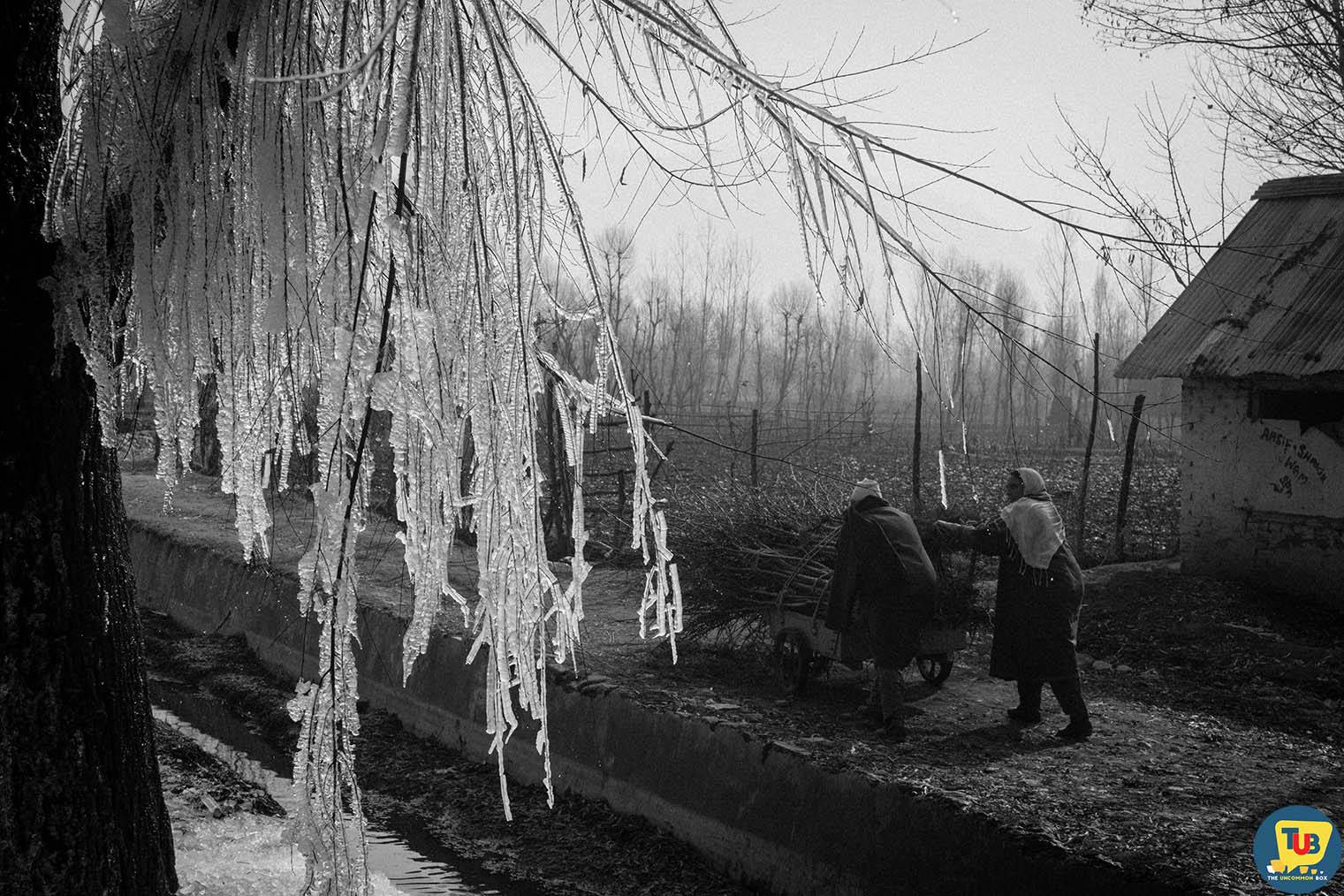
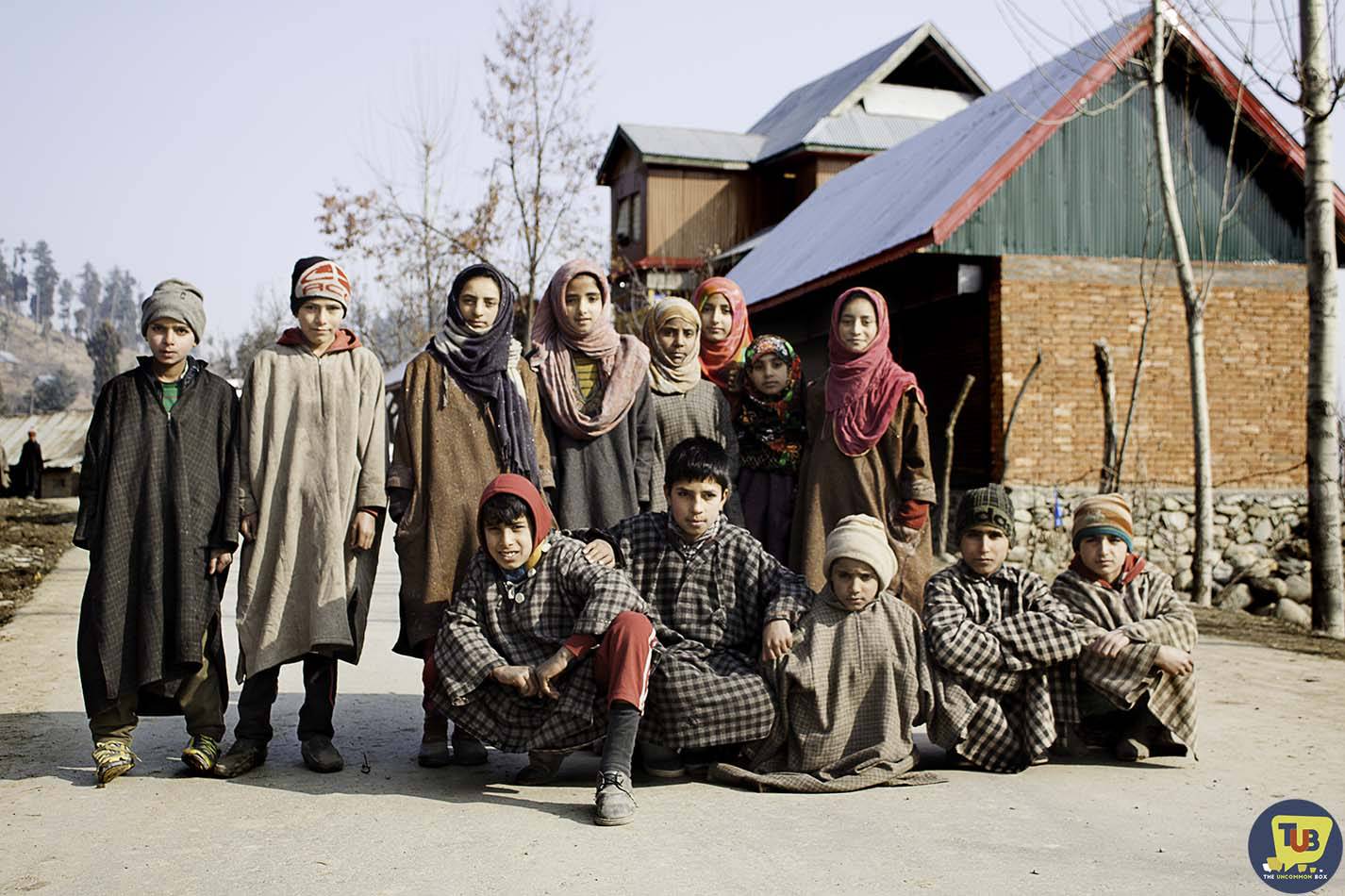
Some tips while you are in the valley:
- You must carry Photo ID, a post-paid connection (pre-paid connections do not mostly work in Kashmir)
- Don’t photograph people if they do not give consent. But mostly people are very friendly so you end up enjoying their company.
- Shop from authorized sellers for authenticity of the products.
- Walk around the locale market and taste local and authentic Kashmiri food. Having a local guide is recommended but not necessary.
- Fancy shoes are a big no! Carry trekking shoes and boots.
- Last of all, just be there in the moment rather than involving yourself in photography and social media.
Travelling Story by Ankita Chatterjee
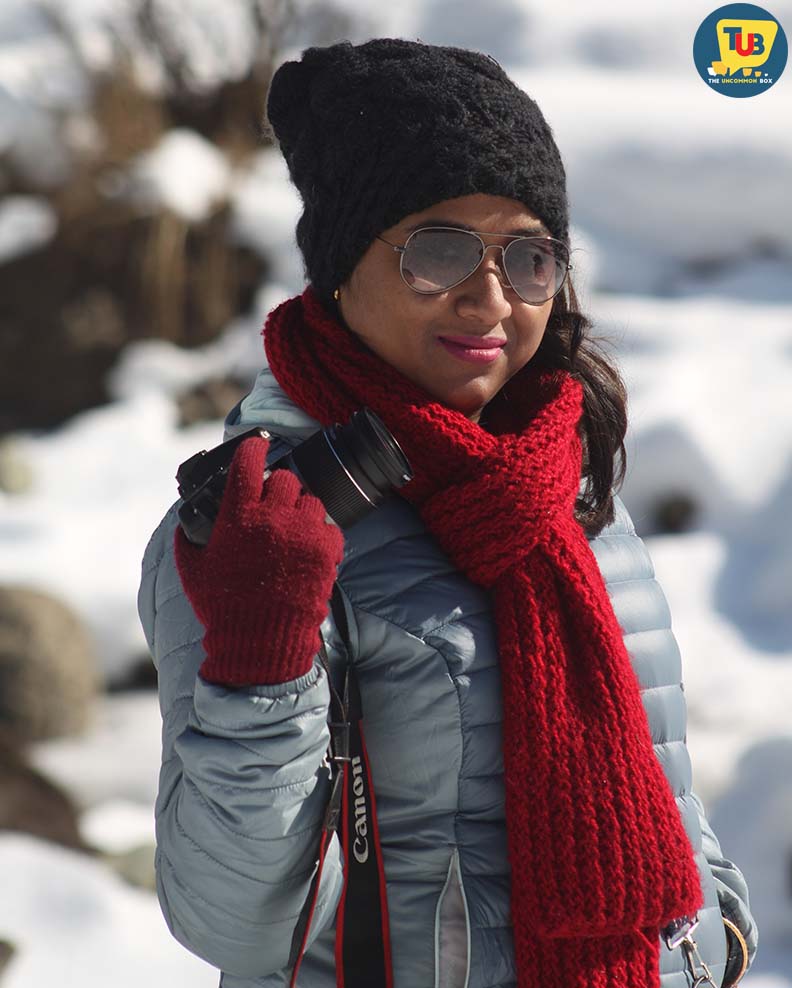
Follow her for more travelling stories
Facebook | Instagram | Website
Content Edited by Madhura Avinash. Follow her to read more about her writings.
You can follow “THE UNCOMMON BOX” at the following social channels







